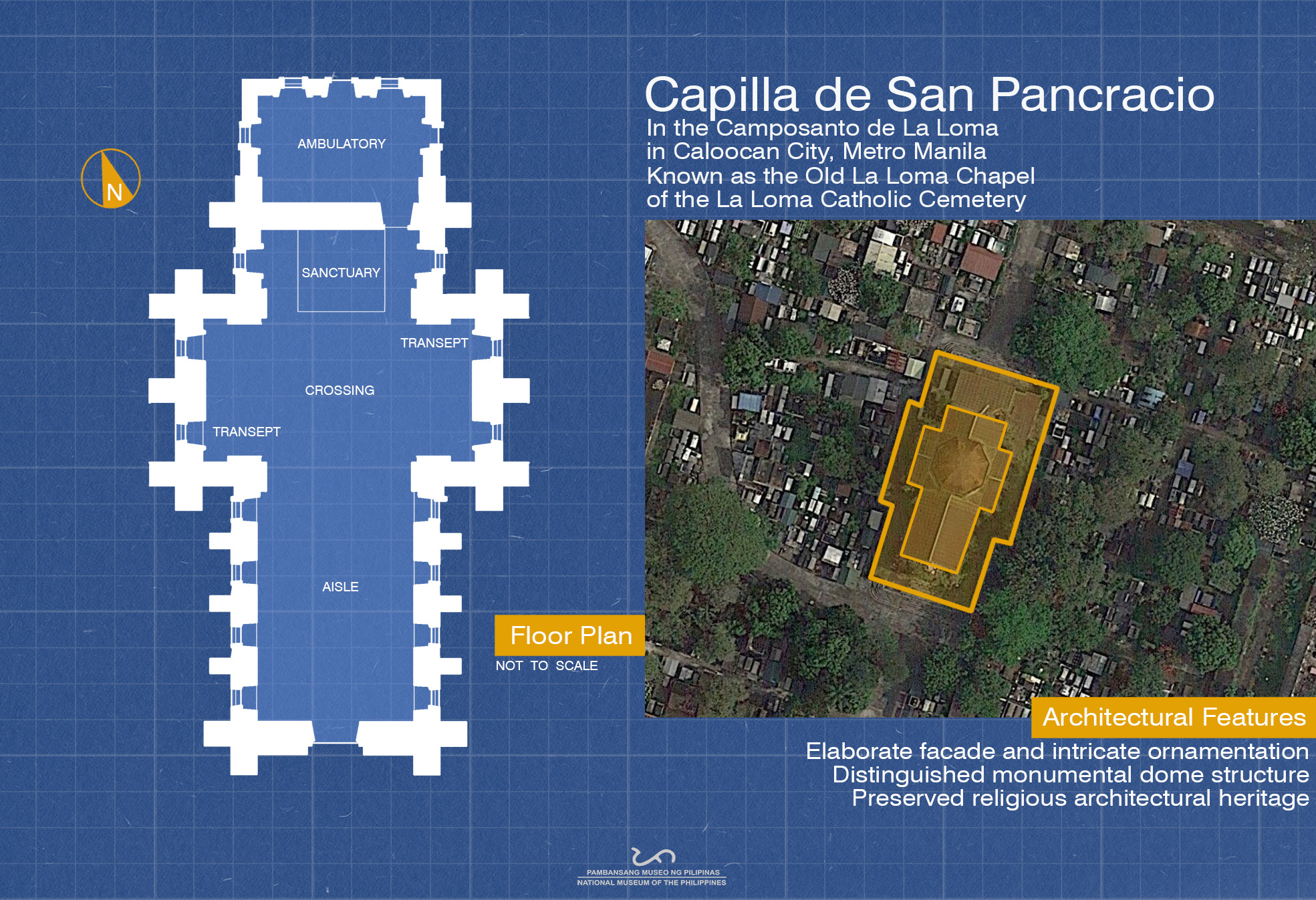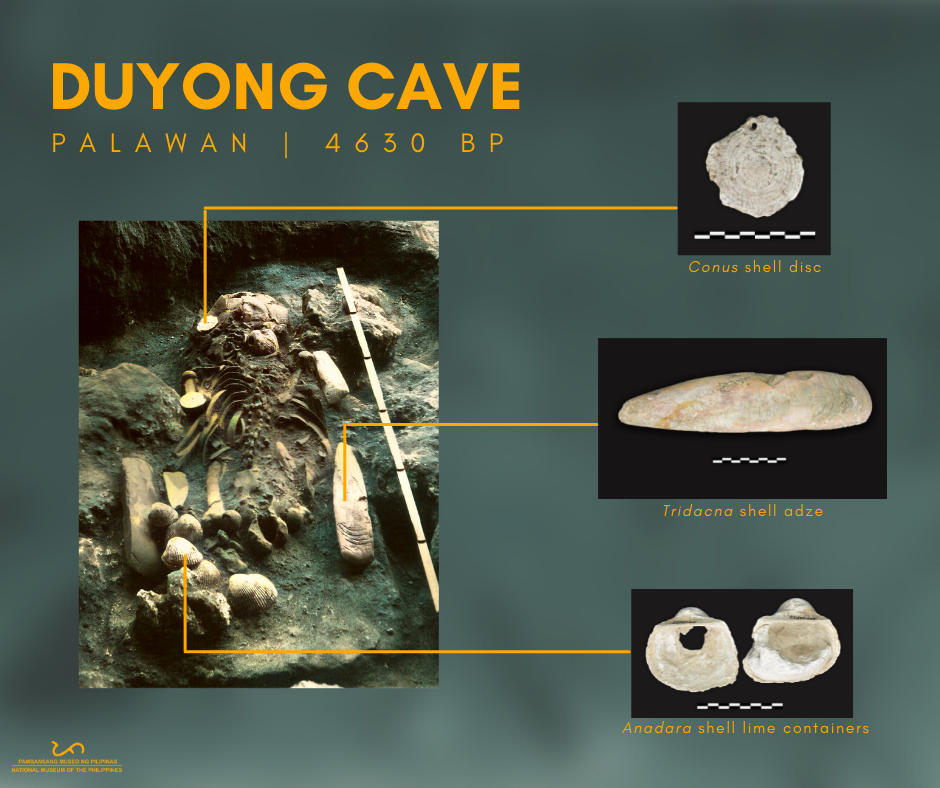17th to early 20th century National Fine Arts Collection “Madonna with Angels”
This week’s #ArtStrollSunday series focusing on the 17th to early 20th century art from the National Fine Arts Collection features Francesco Ricardo Monti’s “Madonna with Angels” (ca. 1946).
“Madonna with Angels” by Francesco Ricardo Monti is a plaster relief created circa 1946. In this relief, Monti depicts the Madonna without the infant Jesus. There are angels and cherubs all around her in glory. Her long robe flows down past her feet, and a big halo surrounds her head. Her face is calm, her eyes are closed, her body is straight, and her arms are wide open as if suspended in the air. Above her is a large scroll with the written words “As Angels In Some Brighter Dreams Call To The Soul When Man Doth Sleep.” Monti was commissioned to create this work for a private mortuary chapel in Manila after World War II. The relief was donated to the National Museum of the Philippines in 2013 as a Gift of the Heirs of Petronilo L. del Rosario, Sr. It is displayed at the National Museum of Fine Arts in the President Sergio Osmeña Function Hall.
Francesco Ricardo Monti (1888-1958) was an Italian sculptor from Cremona who lived and worked in the Philippines from 1930 until his death in 1958. He studied at the Institute of Ponzone for Decorative Arts and Technology and the Academy of Fine Arts. In 1928, he left Cremona, seeking greener pastures for his art. This happened a month after joining a design competition for the Caduti Austrio-Ungheresi Monument. The organizers denied him the recognition of first place award and the art commission even though a local newspaper had reported that his design won. He went to different parts of Europe and reached New York, where he met Architect Juan M. Arellano (1888-1960), who invited him to the Philippines. Monti worked with Arellano during the design of the Metropolitan Theater in Manila in 1930 by creating sculptures that adorn the theater’s main lobby and façade. He also assisted National Artist for Sculpture Guillermo E. Tolentino (1890-1976) in his masterpiece The Bonifacio Monument in Caloocan, inaugurated in 1933. Monti started teaching at the University of Santo Tomas in 1948 alongside National Artists for Visual Arts, namely Victorio Edades (1895-1985), Carlos Francisco (1912-1969), Vicente Manansala (1910-1981) as well as notable painter Galo Ocampo (1913-1985). Later he was commissioned to adorn the façade of the Santo Domingo Church in Quezon City, inaugurated in 1954 and designed by National Artist for Architecture Jose Maria Zaragoza (1912-1994). Monti met a car accident resulting in internal injuries that took his life on August 11, 1958. While he was alive, he never forgot to show his appreciation for the country that opened its doors for him during the lowest point of his career and became his home for the last 25 years.
We are now open! To visit the National Museum of Fine Arts (NMFA), you may book a tour through this website. Please note the guidelines for visiting. You may also view the 360 degrees virtual tour of select NMFA galleries on the link https://www.nationalmuseum.gov.ph/nmfa360/HTML5/NMFA360.html. See you at the National Museum!
#ArtStrollSunday
#FrancescoMonti
#BeatCOVID19
Text and photo by NMP-FAD
© National Museum of the Philippines (2021)


















 Owing to its survival of the destruction of the Battle of Manila in 1945 and all the numerous calamities that came before and after it that shook the capital to its foundations, the
Owing to its survival of the destruction of the Battle of Manila in 1945 and all the numerous calamities that came before and after it that shook the capital to its foundations, the 





